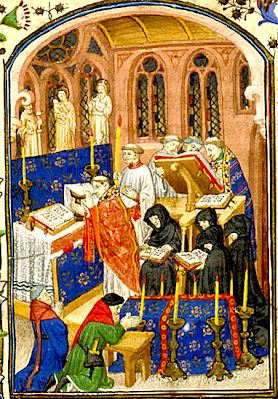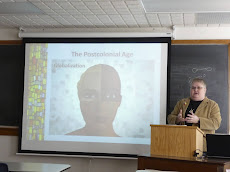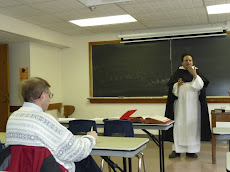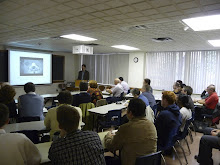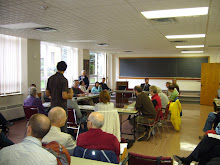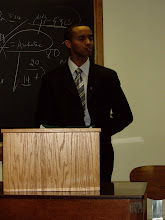Let us sit and tell sad stories of the deaths of Kings: How to Bury a Medieval King in 2014
by Douglas Cowling MA - Musical Dramaturge for the Tallis Choir
*Special TST Liturgy Seminar and Concert in collaboration with the Tallis Choir of Toronto
The discovery of the bones of Richard III in 2012 unleashed a flood of interest in medieval funerary customs and a spirited public debate about where and how the much-maligned king should be reinterred. As part of the historical commemoration of the event, the Tallis Choir is recreating a requiem mass as it may have been celebrated by Richard III's sister, Margaret of Burgundy. He may have been buried secretly in England, but he had a royal funeral in Burgundy. The polyphonic requiem was invented by the Franco-Flemish school of Ockhegem and Brumel and gives students of the liturgy an opportunity to hear the lavish obsession with death that seems to overwhelm the late 15th century.
Douglas Cowling is a writer, musician and educator in Toronto who has written on the relationship between medieval liturgy and English religious drama. He is the co-author of Sharing the Banquet: Liturgical Renewal in Your Parish and a contributor to Let Us Keep the Feast. He edited two collections of global music for liturgical use in Let Us Make Music Together, and his own music has been published by CHC in the USA. His children’s symphony show, Tchaikovsky Discovers America was recently performed by the Philadelphia Orchestra. He is Director of Music at St. Philip’s Church, Etobicoke, and musical dramaturge for the Tallis Choir of Toronto.
Concert: “Requiem
for Richard III” with the Tallis Choir of Toronto, Saturday, March 1, 2014 7:30pm,
St. Patrick’s Church, 141 McCaul St (north of Dundas). For more information see:
